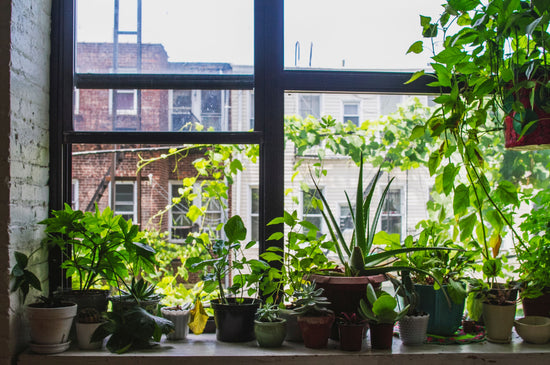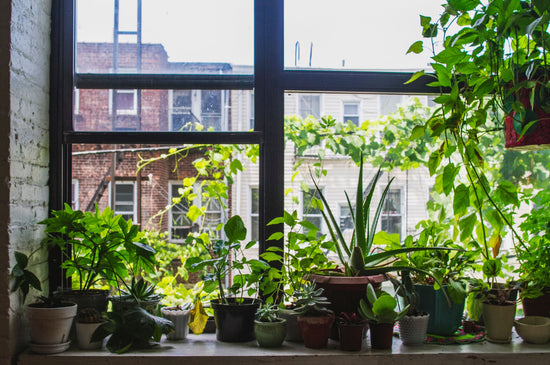How to Grow Lifesaver Cactus: A Comprehensive Guide
The Lifesaver Cactus, scientifically known as Huernia zebrina, is a fascinating and rare succulent plant loved for its star-shaped, candy-like flowers and easy maintenance. Whether you’re a seasoned plant enthusiast or a beginner, growing the Lifesaver Cactus can be a rewarding experience. Available in our Cactus Collection, this unique plant is perfect for both indoor and outdoor gardening setups.
What Is a Lifesaver Cactus?
Native to arid regions of Africa, the Lifesaver Cactus belongs to the family Apocynaceae. Despite its name, this plant isn’t a true cactus but a succulent. It’s well-known for its striking blooms that resemble a lifesaver candy, making it a popular choice among collectors.
How to Grow Lifesaver Cactus
Growing a Lifesaver Cactus is simple if you follow the steps below:
-
Choose the Right Pot
Select a well-draining pot with sufficient drainage holes. Terracotta pots work best as they allow the soil to dry quickly, preventing overwatering issues. -
Select the Right Soil
Use a cactus or succulent mix to ensure proper drainage. You can also mix regular potting soil with sand or perlite to enhance aeration. -
Provide Adequate Lighting
Lifesaver Cactus thrives in bright, indirect light. A sunny windowsill or a partially shaded outdoor spot is ideal. Avoid direct sunlight, which can scorch the leaves. -
Watering Tips
Water sparingly and only when the soil is completely dry. Overwatering is a common cause of root rot, so always err on the side of underwatering. -
Temperature and Humidity
This succulent prefers warm temperatures ranging from 60–80°F. It’s not frost-tolerant, so bring it indoors during cold weather. -
Fertilization
Feed your Lifesaver Cactus with a balanced, water-soluble fertilizer during the growing season (spring and summer). Avoid over-fertilizing, as this can harm the plant.
Common Issues and How to Avoid Them
- Overwatering: Ensure proper drainage and avoid watering too frequently.
- Pests: Watch out for mealybugs and spider mites. Treat infestations with insecticidal soap or neem oil.
- Sunburn: Protect the plant from direct sunlight to prevent leaf discoloration.
FAQs
Q: How often should I water my Lifesaver Cactus?
A: Water only when the soil is completely dry, typically every two weeks in summer and monthly in winter.
Q: Can Lifesaver Cactus grow indoors?
A: Yes, it thrives indoors as long as it gets bright, indirect light.
Q: Why isn’t my Lifesaver Cactus blooming?
A: Ensure it gets adequate light, and avoid overwatering. Feeding it with a succulent-friendly fertilizer during the growing season can also help encourage blooms.
The Lifesaver Cactus is an excellent addition to any succulent collection. Its unusual flowers and low-maintenance nature make it a favorite among plant enthusiasts. Browse our Cactus Collection to add this captivating plant to your garden today. If you’re ready to get started, order your Lifesaver Cactus now!





